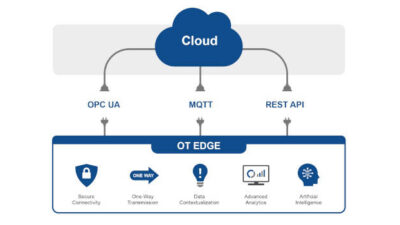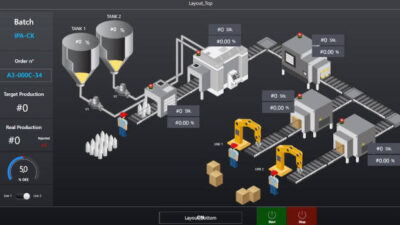Microsoft and Novell—long considered the bitterest of rivals—are cooperating on an initiative that will make it easy for enterprises to run both Windows and the SUSE Linux operating systems on a single server. This effort is part of a broad-ranging agreement to promote Windows and Linux interoperability that the two vendors reached last November.
Microsoft and Novell —long considered the bitterest of rivals—are cooperating on an initiative that will make it easy for enterprises to run both Windows and the SUSE Linux operating systems on a single server.
This effort is part of a broad-ranging agreement to promote Windows and Linux interoperability that the two vendors reached last November. Justin Steinman, Novell’s director of product marketing for Linux, says the agreement has resulted in significant progress on the virtualization front, and further breakthroughs are expected when Microsoft releases the next version of its operating system, currently named Longhorn.
With virtualization, a layer of software either built into an operating system, or separate from it, allows multiple operating systems to run on the same physical server. Virtualization enables better server utilization by flexibly running multiple applications on one host.
Says Susan Hauser, general manager of strategic partnerships and licensing at Microsoft, “Customers tell us that virtualization is one way they can consolidate and more easily manage rapidly growing server workloads and their large set of server applications. Microsoft and Novell will develop virtualization solutions to deliver the most compelling virtualization offering in the market for Linux and Windows.”
Without virtualization, a server utilization rate as low as 15 percent is common, Steinman says, but with virtualization, it can reach 70 percent. The concept, he adds, is like having plant-floor machinery capable of making multiple products, rather than having dedicated machines for each product. “Imagine if plant managers were satisfied with 10-percent capacity utilization,” he says.
Translators are being developed to ensure reliable, bidirectional virtualization between Novell’s SUSE Linux Enterprise server platform and Longhorn, which Microsoft says will be released in the second half of 2007.
“We are collaborating with Microsoft to deliver true bidirectional virtualization between Windows and Linux,” says Steinman. “Right now, the unfortunate reality is that Linux on Linux virtualization works pretty well, and Windows on Windows virtualization works pretty well, but Linux on Windows or vice versa still needs a bit of work, so Novell and Microsoft got together to address that problem.”
Much of the vendors’ collaboration centers on “hypervisor” software, essential to virtualization because it allows multiple operating systems to run on a host computer. Novell embeds the open source “Xen” hypervisor in SUSE Linux Enterprise, while Microsoft has hypervisor capability within its Virtual Server 2005 R2 software. Microsoft also is developing a new hypervisor to be released within 180 days of Longhorn’s release.
According to Steinman, Novell and Microsoft are working on translators for their hypervisors so that when Longhorn is released, Windows-based systems can run as guests under SUSE Linux, and when Microsoft releases its new hypervisor, SUSE Linux can run as a guest on top of the latest Windows virtualization.
Already, SUSE Linux Enterprise can run as a guest under Microsoft Virtual Server R2 with add-in technology developed by Novell and Microsoft, while Windows Server 2000 and 2003 can run on SUSE Linux Enterprise Server 10 thanks to special drivers Novell built with Intel .
Perhaps most important, Steinman says, is customer support for virtualization from the vendors going forward. “If things go wrong, you’ll be able to call and get technical help from either Microsoft or Novell,” he says. “That’s a big differentiator for us in the Linux marketplace.”



